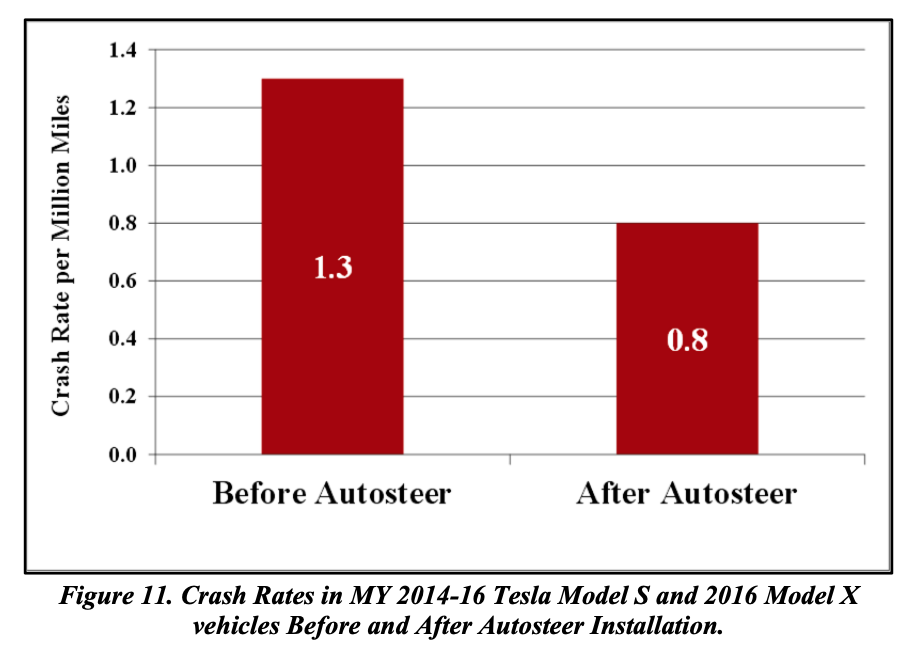We have hit this idea in passing a few times in the past (particularly when discussing the Ponzi threshold), but I don't believe we've ever done a post on it. While there's nothing especially radical about the idea (it shows up in discussions of risk fairly frequently), it is different enough to require a conscious shift in thinking and, under certain circumstances, it can have radically different implications.
Most of the time, we tend to think of rational behavior in terms of optimizing expected values, but it is sometimes useful to think in terms of maximizing the probability of being above or below a certain threshold. Consider the somewhat overly dramatic example of a man told that he will be killed by a loan shark if he doesn't have $5000 by the end of the day. In this case, putting all of his money on a long shot at the track might well be his most rational option.
You can almost certainly think of less extreme cases where you have used the same approach, trying to figure out the best way to ensure you had at least a certain amount of money in your checking account or had set aside enough for a mortgage payment.
Often, these two ways of thinking about rational behavior are interchangeable, but not always. Our degenerate gambler is one example, and I've previously argued that overvalued companies like Uber or Netflix are another, the one I've been thinking about a lot recently is the Republican Party and its relationship with Trump.
Without going into too much detail (these are subjects for future posts), one of the three or four major components of the conservative movement's strategy was a social engineering experiment designed to create a loyal and highly motivated base. The initiative worked fairly well for a while, but with the rise of the tea party and then the Trump wing, the leaders of the movement lost control of the faction they had created. (Have we done a post positing the innate instability of the Straussian model and other systems based on disinformation? I've lost track.)
In 2016, the Republican Party had put itself in the strange position of having what should have been their most reliable core voters fanatically loyal to someone completely indifferent to the interests of the party, someone who was capable of and temperamentally inclined to bringing the whole damn building down it forced out. Since then, I would argue that the best way of understanding the choices of those Republicans not deep in the cult of personality is to think of them optimizing against a shifting threshold.
Trump's 2016 victory was only possible because a number of things lined up exactly right, many of which were dependent on the complacency of Democratic voters, the press, and the political establishment. Repeating this victory in 2020 without the advantage of surprise would require Trump to have exceeded expectations and started to win over non-supporters. Even early in 2017, this seemed unlikely, so most establishment Republicans started optimizing for a soft landing, hoping to hold the house in 2018 while minimizing the damage from 2020. They did everything they could to delay investigations into Trump scandals, attempted to surround him with "grown-ups," and presented a unified front while taking advantage of what was likely to be there last time at the trough for a while.
Even shortly before the midterms, it became apparent that a soft landing was unlikely and the threshold shifted to hard landing. The idea of expanding on the Trump base was largely abandoned as were any attempts to restrain the president. The objective now was to maintain enough of a foundation to rebuild up on after things collapsed.
With recent events, particularly the shutdown, the threshold shifted again to party viability. Arguably the primary stated objective of the conservative movement has always been finding a way to maintain control in a democracy while promoting unpopular positions. This inevitably results in running on thinner and thinner margins. The current configuration of the movement has to make every vote count. This gives any significant faction of the base the power to cost the party any or all elections for the foreseeable future.
It is not at all clear how the GOP would fill the hole left by a defection of the anti-immigrant wing or of those voters who are personally committed to Trump regardless of policy. Having these two groups suddenly and unexpectedly at odds with each other (they had long appeared inseparable) is tremendously worrisome for Republicans, but even a unified base can't compensate for sufficiently unpopular policies. Another shutdown or the declaration of a state of emergency both appear to have the potential to damage the party's prospects not just in 2020 but in the following midterms and perhaps even 2024.
So far, the changes in optimal strategy associated with the shifting thresholds have been fairly subtle, but if the threshold drops below party viability, things get very different very quickly. We could and probably should frame this in terms of stag hunts and Nash equilibria but you don't need to know anything about game theory to understand that when a substantial number of people in and around the Republican Party establishment stop acting under the assumption that there will continue to be a Republican Party, then almost every other assumption we make about the way the party functions goes out the window.
Just to be clear, I'm not making predictions about what the chaos will look like; I'm saying you can't make predictions about it. A year from now we are likely to be in completely uncharted water and any pundit or analyst who makes confident data-based pronouncements about what will or won't happen is likely to lose a great deal of credibility.


